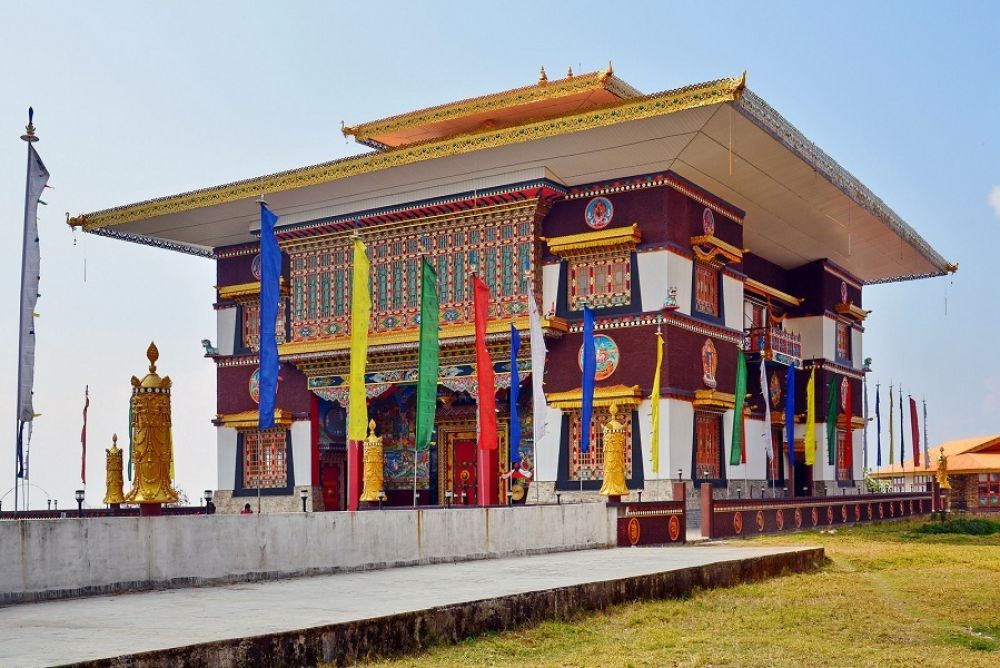

The state of Sikkim, nestled in the Himalayan region of India, has always been a place of profound spiritual and natural beauty. Namchi, which means 'Sky High', lays claim to one of this region's serene attractions, the Ngadak Monastery. Since the establishment of the Ngadak Monastery in the 17th century, it has been a symbol of peace and sanctity.
The monastery holds great historical importance as one of the oldest monastic sites in the state. Constructed under the reign of Chogyal Gyurmed Namgyal, it was initially built as a palace for Her Highness Pendi Ongmu. However, it was later converted into a monastery, reflective of the region’s commitment to Buddhist teachings and culture.
The early history of tourism in Sikkim was quite limited due to the state's erstwhile policy of isolationism. However, with the state's accession to India in 1975, and subsequent infrastructural development, its potential for tourism began to be recognized. Ngadak Monastery's role in this upsurge in tourism has been significant, drawing visitors with its unique charm and historical value.
Restoration efforts in the late 20th and early 21st centuries have helped preserve this ancient monument, thereby enhancing its appeal to history buffs, spiritual seekers, and tourists alike. These efforts became a pivot for the monastery to become a leading spiritual tourist spot within Namchi.
Ngadak Monastery's tranquil location and panoramic views of the Khangchendzonga range became a natural magnet for tourists. Alongside spiritual tourism, the promotion of cultural tourism has played a crucial role in the growth of visitor numbers. Festivals and events showcasing the rich traditions of Sikkim further contributed to boosting the area’s allure.
In recent years, tourism trends at Ngadak Monastery and the surrounding region are leaning towards responsible and eco-friendly travel practices. There is an increasing awareness about preserving the natural and cultural heritage. Furthermore, with the rise of digital nomadism and thematic photography tours, Namchi is gaining traction among younger tourists interested in authentic experiences rather than just sightseeing.
Additionally, the Sikkim government's focus on sustainable tourism has led to better amenities and services without compromising the area's ecological balance.
As the world becomes more connected, and people seek out off-the-beaten-path destinations, Ngadak Monastery stands as a testament to Sikkim’s historical, cultural, and spiritual legacy, its presence ever more entwined with the evolving narrative of tourism in northeastern India.